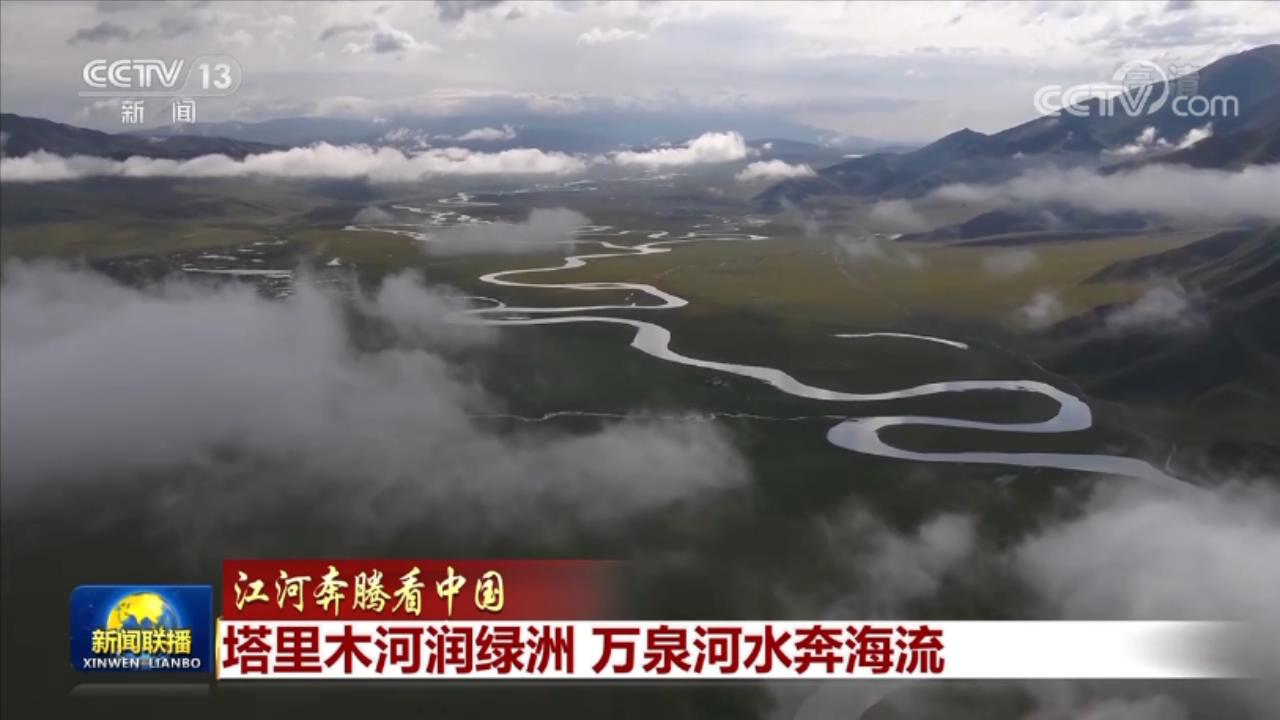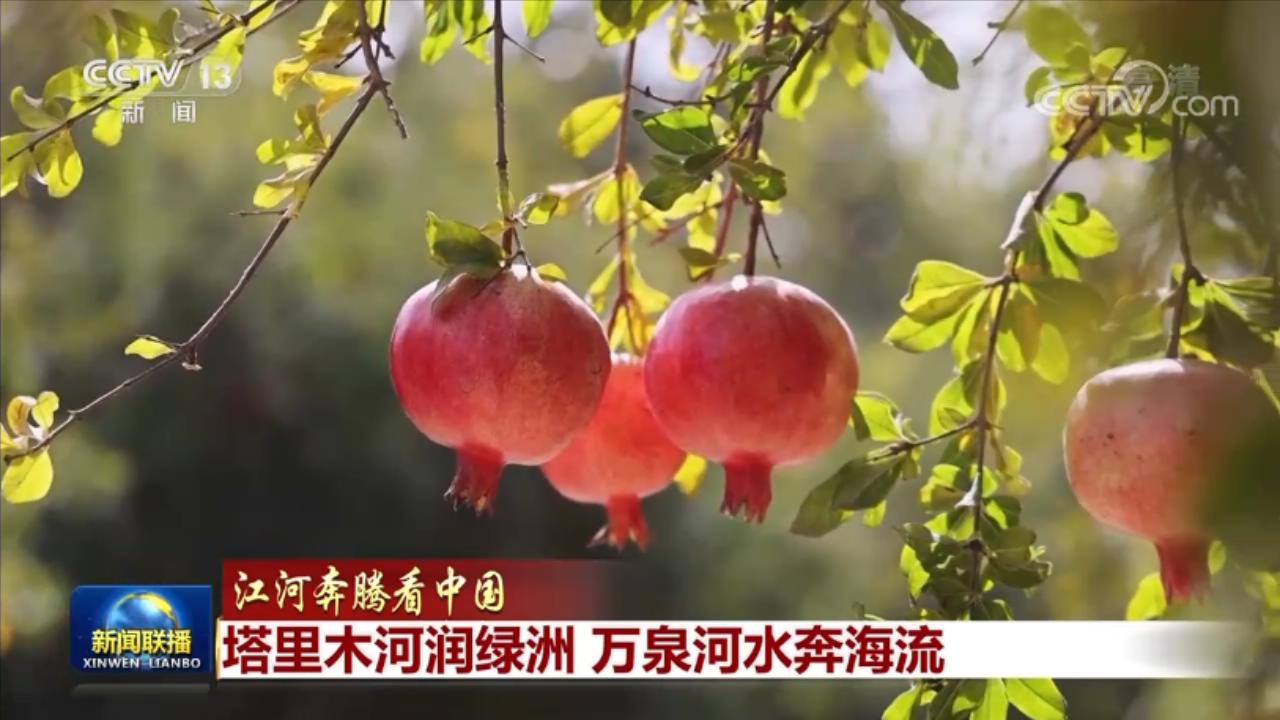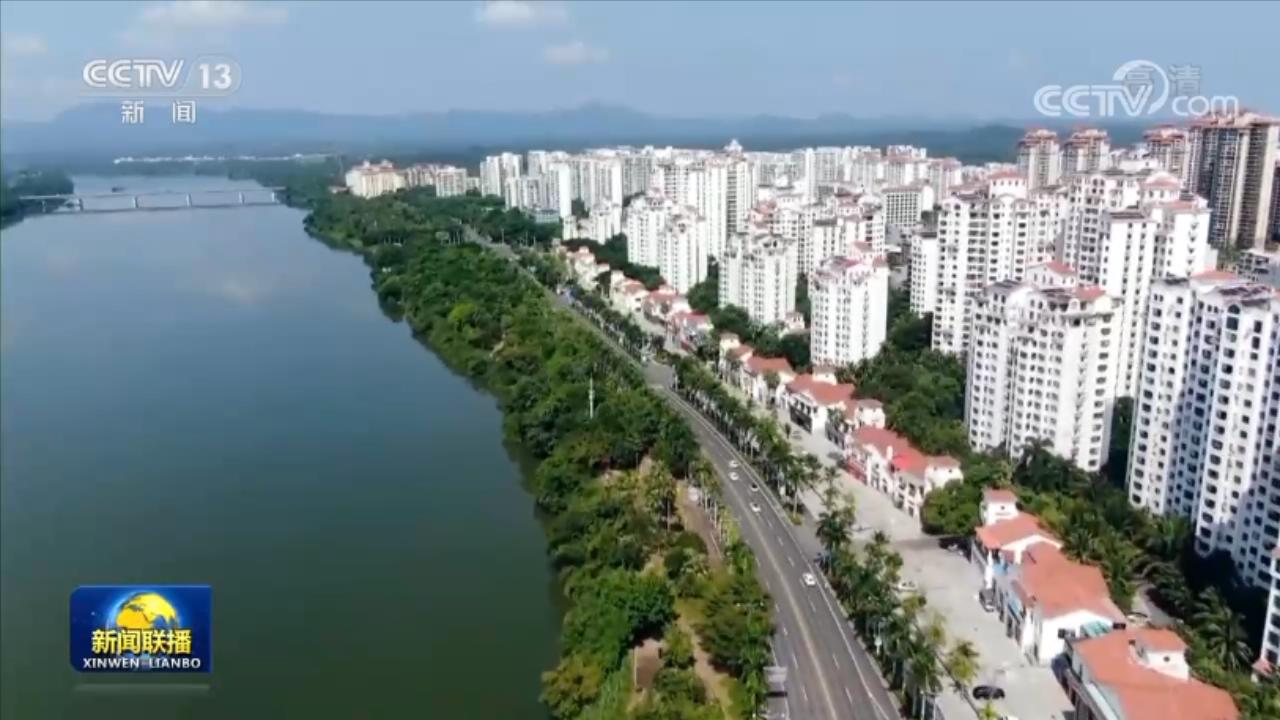River Pentium See China, Tarim River Run Oasis Wanquan River Running Current
Cctv news(News broadcast): "The rivers are rushing to see China". Today (October 6), I will see the Tarim River in Xinjiang and the Wanquan River in Hainan. Since the 18th National Congress of the Communist Party of China, the two places have continuously improved the water ecological environment, so that the achievements of protection and governance can benefit more people along the route, and they have embarked on a road of ecological priority and green development.

Tarim River, located in the northern part of Tarim Basin in Xinjiang, originates from glacial meltwater and is formed by the confluence of 144 rivers. It is the longest inland river in China. During this period, the Bozikule Populus euphratica forest area in the lower reaches of Tarim River is stepping up ecological water conveyance in autumn. This year, the total area of Populus euphratica forest with ecological water supply in Tarim River basin is nearly 5.82 million mu, of which 40% is flooded by flood diversion.

Since the 18th National Congress of the Communist Party of China, the Tarim River has adhered to the principle of "playing a chess game in the basin", and implemented river-lake connection, mutual aid in abundant and low seasons, and inter-basin water transfer from various sources, effectively solving the problems of uneven distribution of water resources in the basin and uneven water use. Various agricultural products such as Yecheng Walnut, Korla Pear and Pishan Sweet Pomegranate have generally increased production. In Ruoqiang County, the local characteristic forest fruit is built as the leading industry.
From desert to orchard, from laoba village to fertile land, such changes are more and more in Tarim River basin. The Yarkant River, one of the headwaters of the Tarim River, has been comprehensively managed, and the people along the river bid farewell to the Millennium flood, which has opened a new journey of rural revitalization. The Tarim River, which runs through almost all oases in southern Xinjiang, nourishes more than 45 million mu of fertile land and more than 12 million sons and daughters of all ethnic groups.

Wanquan River is located in the central and eastern part of Hainan Island and flows through Qiongzhong, Wanning and Qionghai. Since the 18th National Congress of the Communist Party of China, Hainan has continuously strengthened the ecological protection of Wanquan River Basin, designated drinking water source protection areas, banned cage culture and livestock and poultry breeding, and built strip parks along the river and coastal green corridors. At present, the water quality of the main stream of Wanquan River has been maintained at Class II water on the surface for a long time. Relying on good ecology, rural tourism will be developed along the line to create a characteristic town. During the National Day holiday, Ganao Village beside Wanquan River welcomed a large number of tourists.
In Wennan Village, Wenchang, about 100 kilometers away from Hongling Water Control Project, a tributary of Wanquan River, villagers who just harvested rice used Wanquan River. Since the start of Hongling Irrigation District Project, several emergency water transfers have been completed, and it is expected to be delivered by the end of this year, which will effectively ensure the safe drinking water of more than 900,000 people in the northeast of Hainan Island and the irrigation water of over 1.45 million mu of farmland.

At the mouth of Wanquan River, Boao Town in Qionghai is world-famous for the annual meeting of Boao Forum for Asia. Relying on the Boao effect, the local government will build a "beautiful countryside Meeting Room" to receive Chinese and foreign guests, build an agricultural opening-up cooperation pilot zone, and promote the integrated development of rural industries. From the ecological river to the open river, today’s Wanquan River is constantly glowing with new vitality.